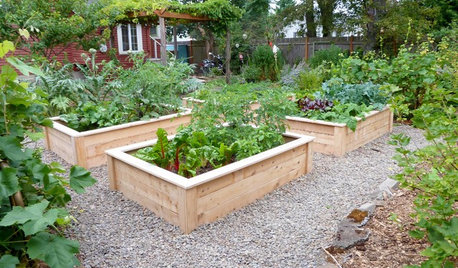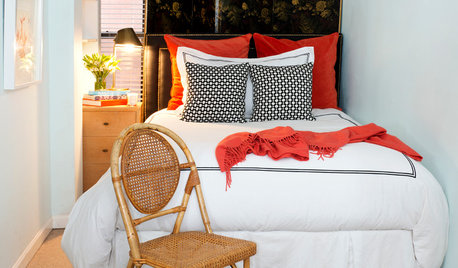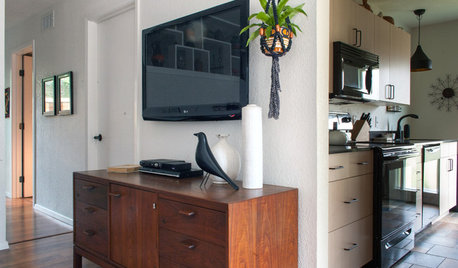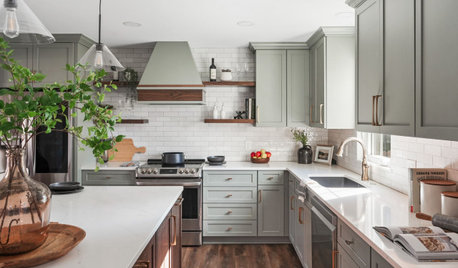Spacing for Vegetables: Tips & Techniques
biradarcm
13 years ago
Related Stories

GARDENING GUIDES12 Tips to Help You Start an Edible Garden
Get on your way to growing your own vegetables with a raised bed or a few containers on the patio
Full Story
SMALL SPACES10 Tips to Make a Small Bedroom Look Great
Turn a compact space into a brilliant boudoir with these decorating, storage and layout techniques
Full Story
SELLING YOUR HOUSEHome Staging to Sell: The Latest Techniques That Really Work
Get up to speed on the best ways to appeal to potential buyers through accessories, furniture, colors and more
Full Story
FARM YOUR YARDHow to Grow Vegetables in Containers
Get glorious vegetables and fruits on your patio with a pro’s guidance — including his personal recipe for potting mix
Full Story
LIFETips for Moving Into a Smaller Space
Downsize with less compromise: Celebrate the positive, pare down thoughtfully and get the most from your new home
Full Story
EDIBLE GARDENSGarden BFFs? Why Your Vegetables Are Begging for Companion Plants
Foster friendships among plants for protection from pests, pollination support and color camaraderie
Full Story
FEEL-GOOD HOME8 Tips for Harmony in the Kitchen
Frustrated by the arguments that arise over kitchen duties? Check out these coping strategies
Full Story
DECORATING GUIDESCompact Living: Tips and Tricks for Every Room
From big-picture insight to detailed room-by-room strategies, these guides will help you get the most out of a tricky area
Full Story
WALL TREATMENTS10 Decorating Tips for Tackling Tall Walls
Make the most of vertical surfaces and keep big spaces feeling cozy with these ideas
Full Story
REMODELING GUIDES8 Tips to Help You Live in Harmony With Your Neighbors
Privacy and space can be hard to find in urban areas, but these ideas can make a difference
Full StoryMore Discussions






slowpoke_gardener
mulberryknob
Related Professionals
Arnold Landscape Architects & Landscape Designers · Aurora Landscape Contractors · Elgin Landscape Contractors · Dunwoody Landscape Contractors · Holtsville Landscape Contractors · Kaneohe Landscape Contractors · Kingsburg Landscape Contractors · Welby Decks, Patios & Outdoor Enclosures · Jackson Decks, Patios & Outdoor Enclosures · Justice Decks, Patios & Outdoor Enclosures · Lake Morton-Berrydale Decks, Patios & Outdoor Enclosures · Renton Decks, Patios & Outdoor Enclosures · Somerville Decks, Patios & Outdoor Enclosures · South Lyon Decks, Patios & Outdoor Enclosures · South Milwaukee Decks, Patios & Outdoor EnclosuresOkiedawn OK Zone 7
mrsfrodo
owiebrain
krussow
mksmth zone 7a Tulsa Oklahoma
joellenh
biradarcmOriginal Author
susanlynne48
ScottOkieman
ezzirah011
Okiedawn OK Zone 7
mrsfrodo
biradarcmOriginal Author
mrsfrodo
soonergrandmom
biradarcmOriginal Author
soonergrandmom
slowpoke_gardener
ezzirah011
Okiedawn OK Zone 7
miraje
seedmama
mulberryknob
Okiedawn OK Zone 7